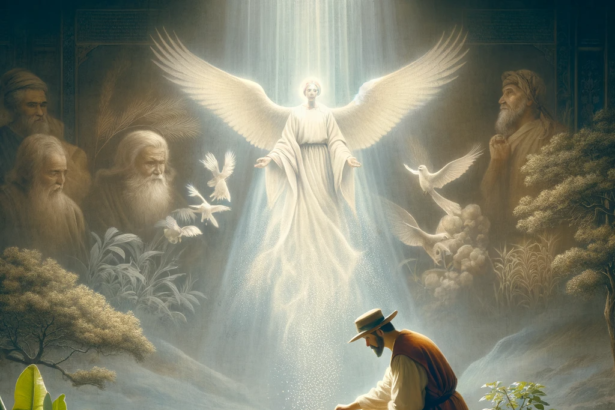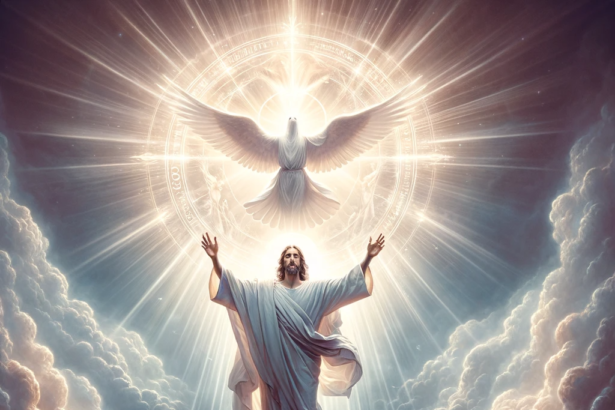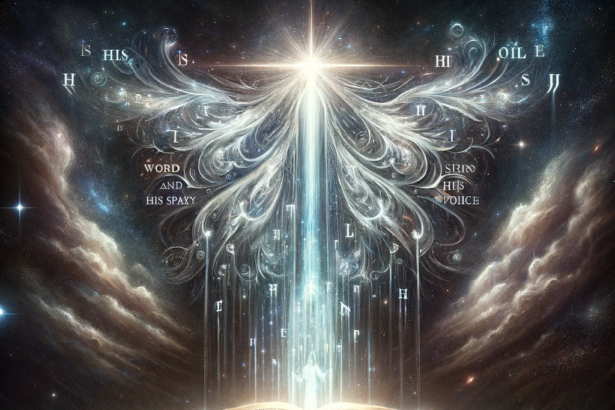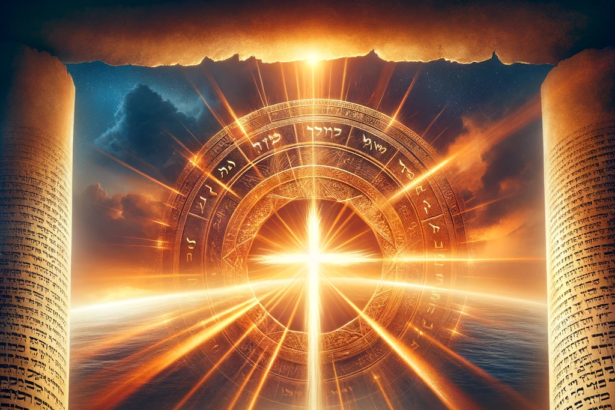The Gifts of the Spirit
The gifts of the Spirit are gifts of grace granted by the Holy Spirit that are designed for the edification of the church. The seven gifts of the Holy Spirit…

Unlock the Pulse of the Present
Just for You
Recent News
He That Soweth to the Spirit
He That Soweth to the Spirit: A Deep Dive into Galatians 6:8 The Bible, a rich tapestry of wisdom and revelation, provides timeless lessons on how one should navigate the…
Discover the Magic of Morning Walks: Benefits for Body and Mind
Discover the Magic of Morning Walks: Benefits for Body and Mind Walking is one of the most fundamental human activities. Since the dawn of time, we've walked to explore, to…
A Very Present Help in Trouble
A Very Present Help in Trouble “A Very Present Help in Trouble” is a phrase taken from the Bible, specifically from the book of Psalms, which is a collection of…
Understanding God as Our Strength
Introduction Understanding God as our strength involves recognizing and embracing His attributes, actions, and presence that provide us with the power and support we need in life. Here are some…
Psalm 108-With God We Shall Do Valiantly
With God We Shall Do Valiantly Psalm 108 What are the words of Psalm 108? Psalm 108 is a biblical passage found in the Book of Psalms in the Old…
The Gifts of the Spirit
The gifts of the Spirit are gifts of grace granted by the Holy Spirit that are designed for the edification of the church. The seven gifts of the Holy Spirit…
God promised to glorify Jesus through the Spirit
God promised to glorify Jesus through the Spirit When He, the Spirit of truth, has come, He will guide you into all the truth . . . He will glorify…
The victory that overcomes the world, even our faith
This is the victory that overcomes the world, even our faith 1 John 5:4 We must have faith and trust in God and His promises. He will never forsake us…
His Word and His Voice
"His Word and His Voice" ls the concept of communication and guidance from a higher power- God, in various religious and spiritual contexts. 1. His Word: In many religious traditions,…
Rejoice . . . . . I Say Rejoice
Rejoice . . . . . I Say Rejoice Introduction: The command to "Rejoice" is not just an invitation to feel happy; it is a profound directive found throughout the…
Fulfillment of Covenant
The fulfillment of covenants in scripture refers to the completion or realization of the promises made by God to His people in the Bible. In the Bible, a covenant is…
How To Develop Your Creative Imagination
How To Develop the Power of Creative Imagination Imagination Creative imagination belongs to the general class of mental processes called the representative faculties, by which means the processes in which…
How To Set Your Goals and Priorities
How To Set Your Goals and Priorities Setting goals and priorities helps you to focus on what’s important to you and to plan how to achieve it. It helps to…
The Atonement and The New Covenant
The Atonement and The New Covenant To banish the Atonement from the creative centre of Christianity is in the long run so to attenuate Christ as to dismiss Him from…
Love’s Wastefulness
Love's Wastefulness To what purpose is this waste? — Mat 26:8 A Strange Deed Lives Forever The scene was Bethany, and the time was near the end. A few more…

Mini Games

Wordle
Guess words from 4 to 11 letters and create your own puzzles.

Letter Boxed
Create words using letters around the square.

Magic Tiles
Match elements and keep your chain going.

Chess Reply
Play Historic chess games.



















